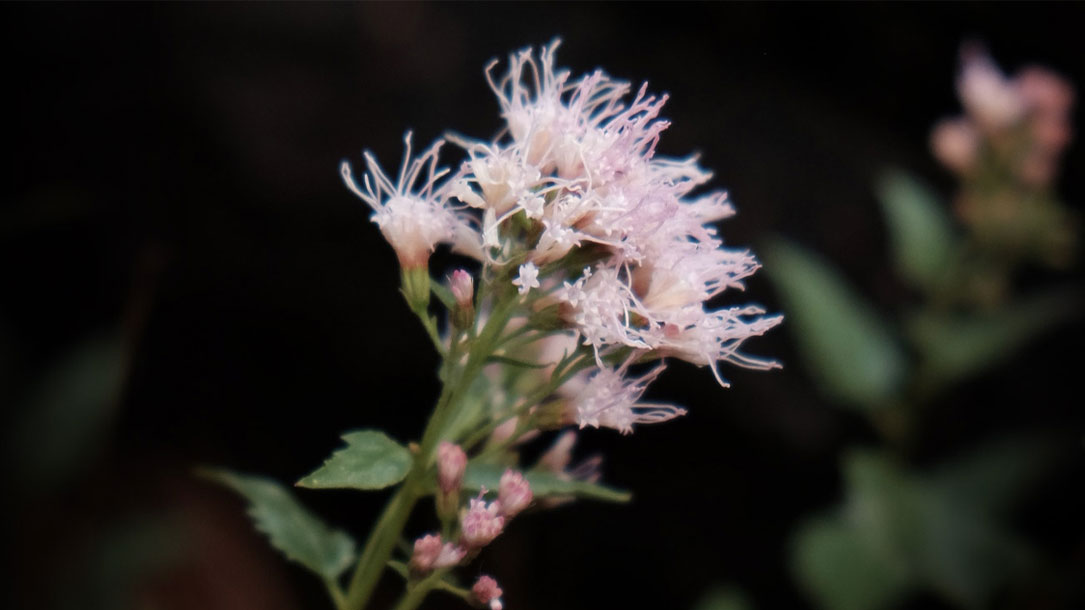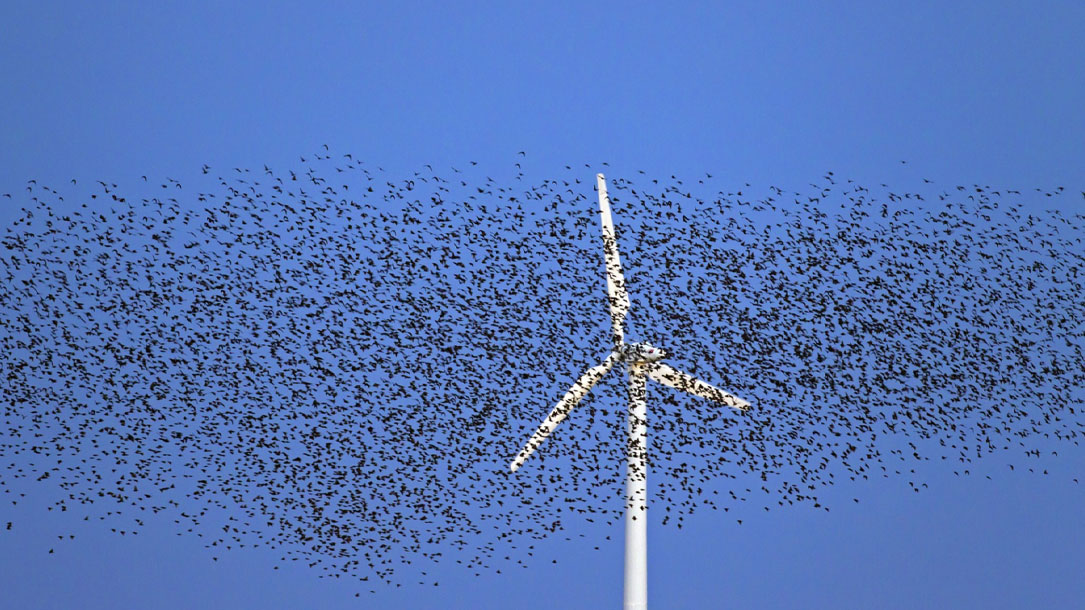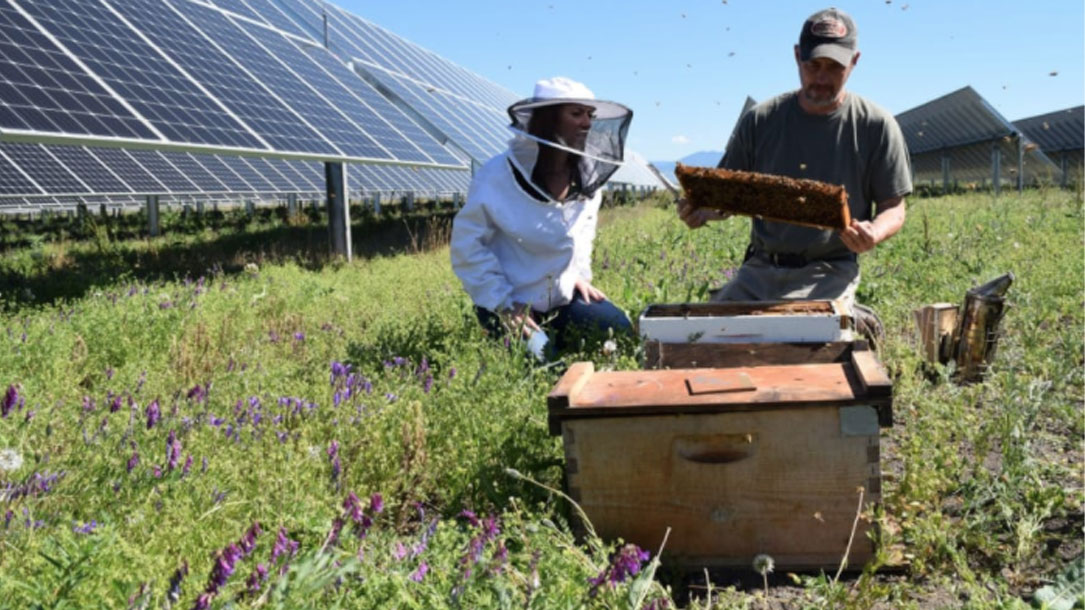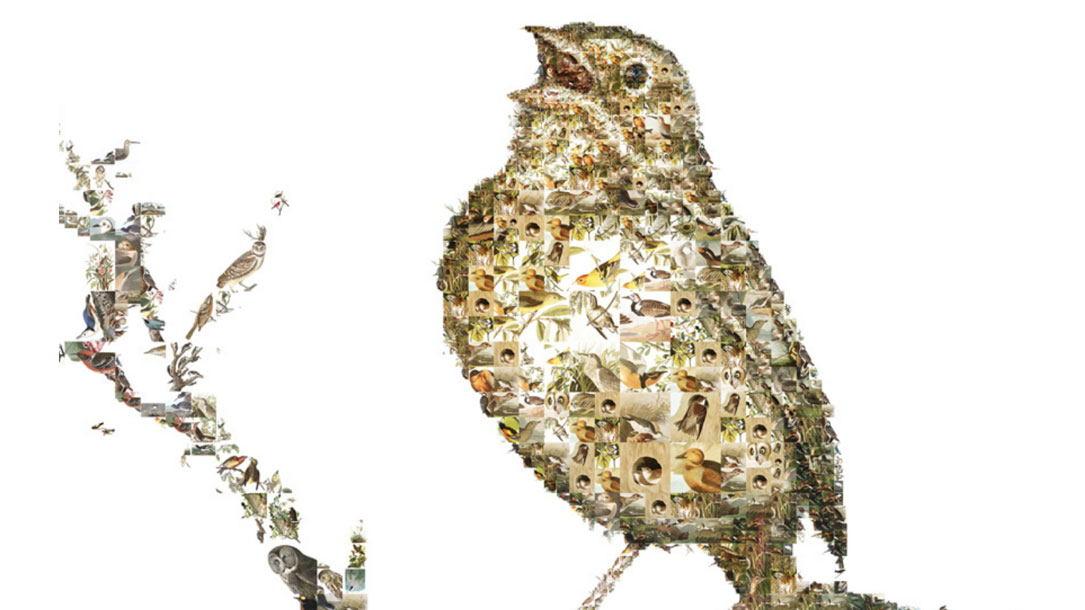
Beavers—once nearly extinct—could help fight climate change
Many conservationists have been trained to think that dams are bad-news for wildlife. With climate change, droughts, and increasingly extreme weather, we are rethinking that.
For example, on the Puget Sound, beavers are being reintroduced to enhance salmon stocks. Small dams might be something we need to consider, and this article gives some ideas of where to start…

Contribute to Science
Every observation can contribute to biodiversity science, from the rarest butterfly to the most common backyard weed. We share your findings with scientific data repositories like the Global Biodiversity Information Facility to help scientists find and use your data. All you have to do is observe.

Wind energy takes a toll on birds, but now there’s help
Given that entire species will be wiped out with climate change, when it comes to talking about the negative impact that windmills have on birds, it’s a very relative figure—one we have to keep in mind more than ever. Still, if there are ways to reduce the number of birds killed, and that’s a very positive thing.
“Researchers at Cornell University in Ithaca, New York, have hit upon what could prove to be a simple way to protect birds from wind turbines. They’ve used the “signatures” of birds that are visible in raw weather radar data to generate bird maps and live migration forecasts designed to alert wind farm operators to the presence of birds at peak times…”

Accelerating extinction risk from climate change
“Current predictions of extinction risks from climate change vary widely depending on the specific assumptions and geographic and taxonomic focus of each study. I synthesized published studies in order to estimate a global mean extinction rate and determine which factors contribute the greatest uncertainty to climate change–induced extinction risks. Results suggest that extinction risks will accelerate with future global temperatures, threatening up to one in six species under current policies…”

Death and Extinction of the Bees. The Role of Monsanto?
‘Scientists have recently reported that mass extinctions of marine animals may soon be occurring at alarmingly rapid rates than previously projected due to pollution, rising water temperatures and loss of habitat. Many land species also face a similar fate for the same reasons. But perhaps the biggest foreboding danger of all facing humans is the loss of the global honeybee population. The consequence of a dying bee population impacts man at the highest levels on our food chain, posing an enormously grave threat to human survival. Since no other single animal species plays a more significant role in producing the fruits and vegetables that we humans commonly take for granted yet require near daily to stay alive, the greatest modern scientist Albert Einstein once prophetically remarked, “Mankind will not survive the honeybees’ disappearance for more than five years.”’

This new solar farm combines clean energy and bee hives
For pollinators, sprawling solar plants can provide space for much-needed habitat. (By the spring of 2019, when the new native plants are more established, the Eagle Point solar farm will offer 41 acres of new habitat.)
For nearby farms growing crops that rely on pollinators–at a time when thousands of wild pollinators are at risk of extinction, and beekeepers are still struggling to maintain their populations of honeybees–this type of project can also play a role in supporting the food supply…

Ticks devastate Maine, N.H. moose populations
An insidious pest is killing about 70 percent of moose calves across Maine and New Hampshire, and their deadly work is being aided by warming temperatures and shorter winters that allow the parasites to survive longer, scientists believe…

Audubon’s Birds and Climate Change Report
“The National Audubon Society has completed a continental analysis of how North America’s birds may respond to future climate change. Using extensive citizen science data and detailed climate layers, we developed models that characterize the relationship between the distribution of each species and climate…”

How is climate change impacting birds?
National Audubon’s 2014 Report is relevant, although there is growing concern that the predictions are understated given new research of an acceleration of climate change.

Off-shore wind farms less harmful to seabirds than first thought
Researchers used radar and video to monitor seabirds flying near the Vattenfall’s Thanet offshore wind farm in the English Channel over a two-year period.
They found that birds were present near the turbines in just two per cent of the 600,000 videos shot during the period, and they recorded just six collisions—an average of one every four months…












